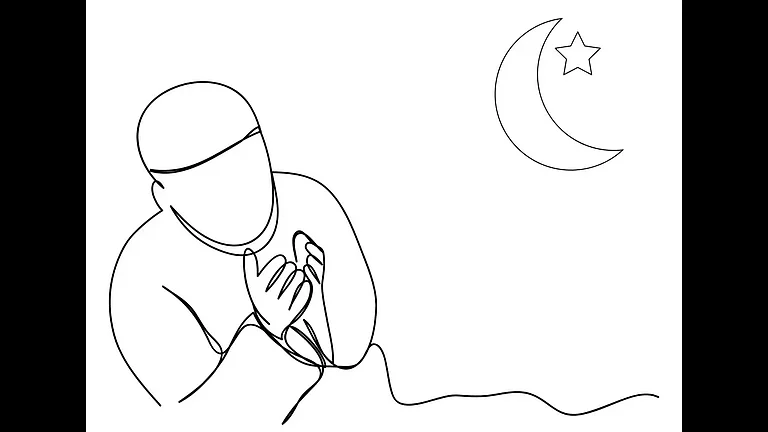Likhte to wo log hain, jinke andar kuchh dard hai, anurag hai, lagan hai, vichar hai.
Jinhone dhan aur bhog-vilas ko jeevan ka lakshya bana liya, wo kya likhenge?
(Those who write are the ones who are filled with pain, love, tenacity and ideas.
Those who have made riches and luxuries their goals in life, what can they write?)
These lines from the 1936 novel Godaan, considered a cult classic of Hindi literature, perfectly describe Munshi Premchand’s own motivations behind his enormous body of work. Dhanpat Rai Srivastava, who wrote under the penname “Nawab Rai” and later, as Premchand, is one of the most renowned names in Indian literature, both in Hindi and Urdu. His works include more than a dozen novels, nearly 300 short stories, plays, biographies, children’s books and several Hindi translations of foreign literary writings. He is credited with introducing realism to Hindi literature and his writings on the exploitation and suffering of the poor and marginalized are unparalleled.
Interestingly, Premchand also forayed into writing for cinema in 1934, joining Ajanta Cinetone in Bombay as a scriptwriter, in a bid to keep his income steady and his printing press afloat. He wrote the script for a film titled Mazdoor, which reflected the exploitative conditions of the mill workers. But his stint in the industry did not last even a year, as the world of films was too commercial for his literary understanding. While Premchand may not have taken a liking to the industry, several filmmakers in the Indian film industry have been inspired by his stories to make some remarkable films across the decades. Since this week marked Premchand's 144th Birth Anniversary on July 31, here is a look at a few of the many magnificent films and TV series that are adapted from the writings of the literary giant:
Sevasadanam (1938): Now a lost film, Sevasadanam is considered a significant milestone in Tamil cinema because of its threadbare representation of the casteist and patriarchal norms of the Indian society. Directed by K. Subrahmanyam, the film was an adaptation of Premchand’s Urdu novel Bazaar-e-Husn, which was also published in Hindi as Seva Sadan in 1919. The story looks at the life of a young woman who is in an abusive marriage with a much older man, who decides to become a courtesan, but eventually exits the profession to run an orphanage for the daughters of courtesans.
Gaban (1966): Directed by Hrishikesh Mukherjee, Gaban is adapted from the 1931 Hindi novel by the same name, written by Premchand in the literary style of satire. The story reflects on the hypocrisy and crisis of values that plagued the middle class of British-era India. The narrative is driven through the protagonist, who finds himself in a predicament when he flees from his home to escape charges of embezzlement and becomes embroiled in the freedom struggle in the process. The film starred Sunil Dutt and Sadhana in the lead roles.
Oka Oori Katha (1977): Directed by the Bengali stalwart Mrinal Sen, this Telugu film was the adaptation of Premchand’s 1936 story Kafan. It won the Best Feature Film in Telugu in the 25th National Film Awards and received many accolades globally as well. Oka Oori Katha was appreciated for the sensitivity with which it portrayed and advocated for the marginalized and its raw and unfiltered portrayal of the social injustices faced by the rural poor.
Shatranj Ke Khiladi (1977): This film was directed by another giant from Bengali cinema, Satyajit Ray, and is the only full-length feature film made by him in Hindi. It was adapted from Premchand’s 1924 short story by the same name, which he also wrote in Urdu as Shatranj Ki Bazi. The film was India’s official entry at the 51st Academy Awards in the “Best Foreign Language Film” Category but didn’t receive a nomination. The story revolves around the decadence of the last ruling royalty in Central North India and how their city Lucknow literally falls in the hands of the British while they continue to remain invested in a game of chess.
Tehreer...Munshi Premchand Ki (2004): This 26 part television series, commissioned by Doordarshan and directed by the famous Indian poet-lyricist Gulzar, is made on some of the best stories that were penned by Premchand, which included one of his finest novels Godaan, published in 1936. The series starred several famous artists like Pankaj Kapur and Surekha Sikri and was very well-received during its telecast on Doordarshan.

















